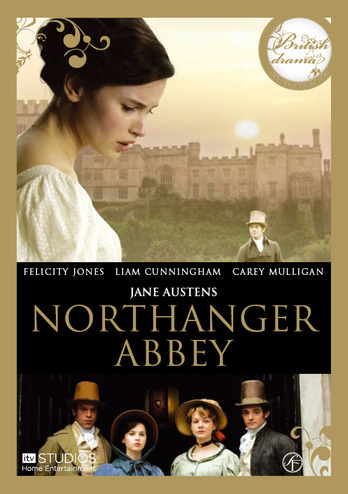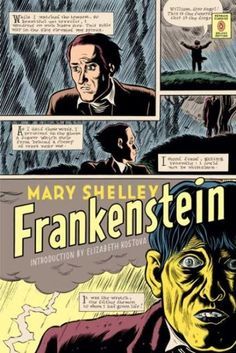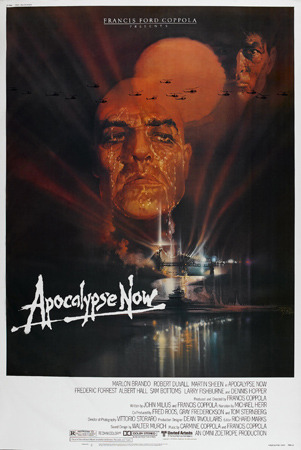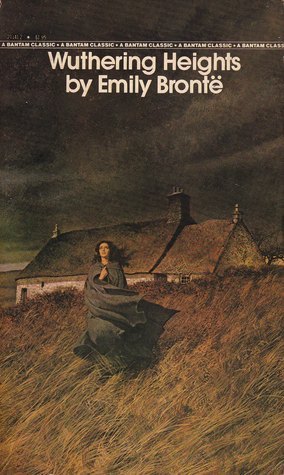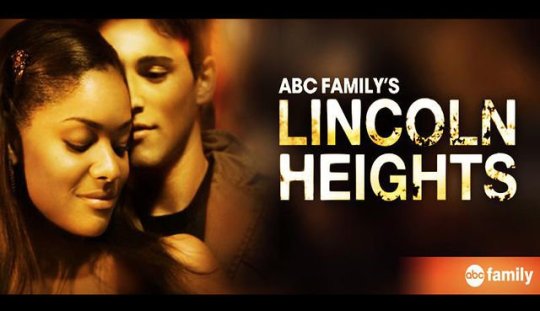Northanger Abbey, Jane Austen, 1817.
The 2008 Oxford World’s Classics edition of Northanger Abbey, that I definitely had in Fourth Year when I did the Jane Austen class. I sadly can no longer recall which edition of NA I had in First Year. The good thing about this edition is that you get JA’s other little fiction snippets!
First off, see Sparknotes if you haven’t read NA.
Okay, admittedly I was a little wary of this book at the start because I remember my Mom saying that she didn’t like Northanger Abbey all that much, and she is a big Jane Austen fan. I was nervous about what this book could possibly have in it to make my Mom dislike it.
Well, to our mutual surprise, Northanger Abbey is my favourite Austen (other than Pride and Prejudice, of course). Northanger Abbey is just endearing and good fun the whole way through.
NA is a parody of ‘Gothic’ (what one might call horror…but not Stephen King levels) novels, which were popular in the 18th and 19th centuries. Gothic novels often had spooky, abandoned castles, locked doors, and suspicious people with secrets to keep… Northanger subverts all of these tropes. The spooky old castle is just old, and too big for the family living in it. The cupboard is just a cupboard, to keep laundry in, not secrets. And no, that guy didn’t do that thing that you think he did.
Catherine Morland is the perfect pair of eyes through which Austen makes the Gothic look ridiculous. Catherine Morland, at 17 years old, has never really left home before, but has enjoyed reading Gothic novels. So when she does finally leave home, and arrives at Northanger Abbey, her favourite books seem to come to life around her! It’s impossible to fault Catherine for her naiveté, because her experiences are what make the book so entertaining. Some may find Catherine to be a rather weak heroine, but I enjoy her greatly.
So I would say, give this rather underrated, under-appreciated Austen a go!
You should also look into Val McDermid’s modern re-telling of Northanger Abbey.
McDermid replaces the Bath society scenes with the chaos of the Edinburgh Fringe Festival, and updates Catherine’s Gothic favourites to the infamous Twilight series, and their ilk. It’s great fun, and not the usual sort of thing McDermid writes, so enjoy it! (The first picture is the US paperback edition; the second the UK paperback edition).
And if you’re interested in a film version, there’s a good one starring Felicity Jones as Catherine, who you may recognise if you’ve seen the recent film The Theory of Everything, as she plays Jane Hawking in it (it’s also got Carey Mulligan in it, playing Isabella Thorpe, an actress I like a lot who is also currently in the film of Far From the Madding Crowd, which you should see if you have the chance) (AND it also has Liam Cunningham as General Tilney, who some may recognise as Davos Seaworth from the TV series Game of Thrones).
Lastly, because I can’t find any reviews of Austen’s Northanger Abbey, here are some reviews of McDermid’s.
–Rachael








